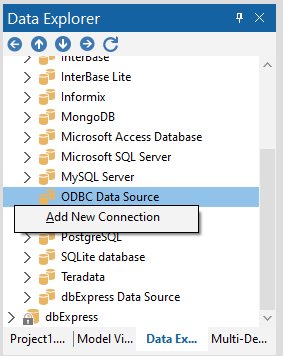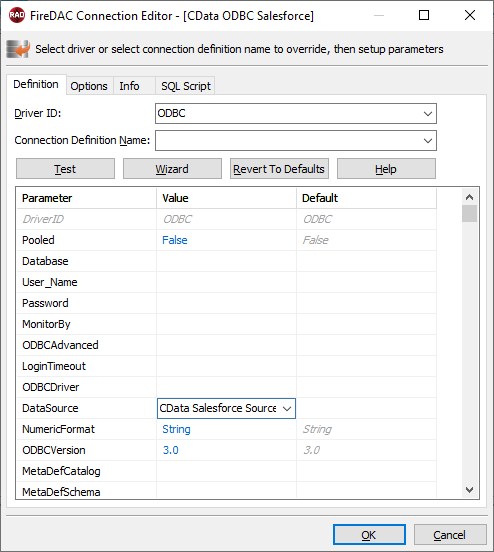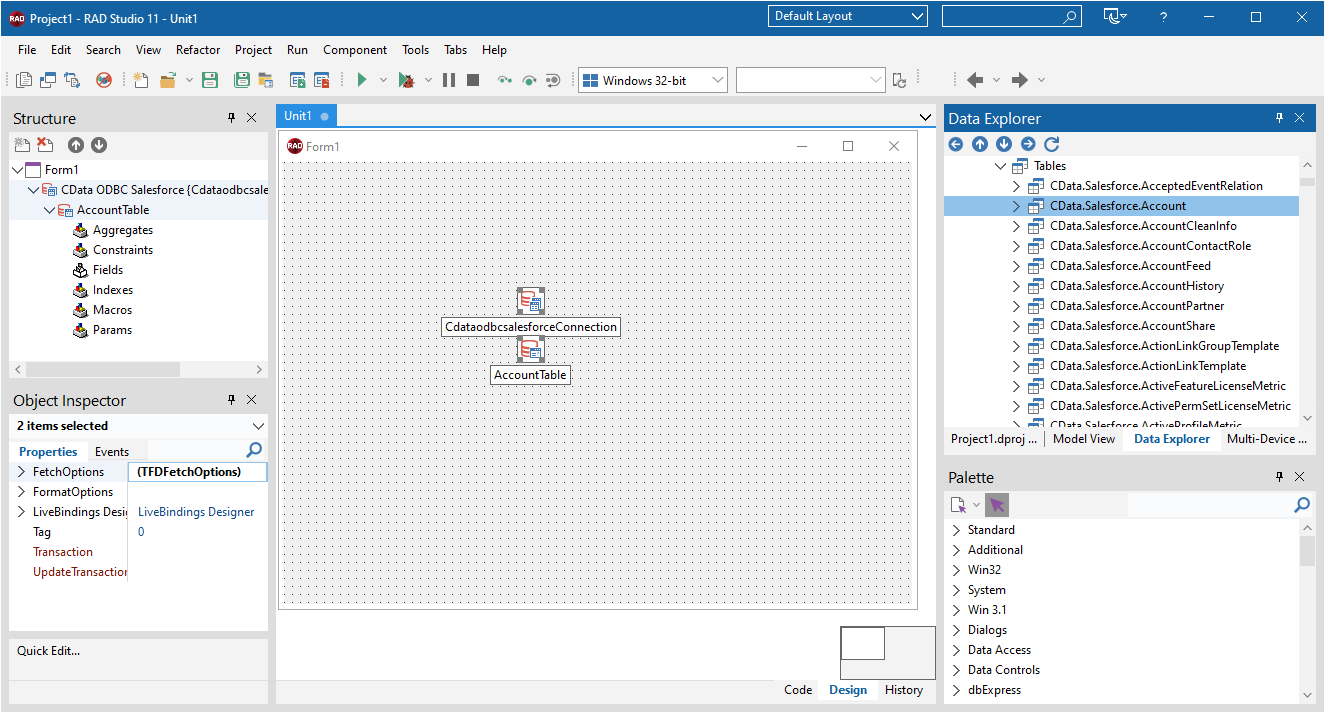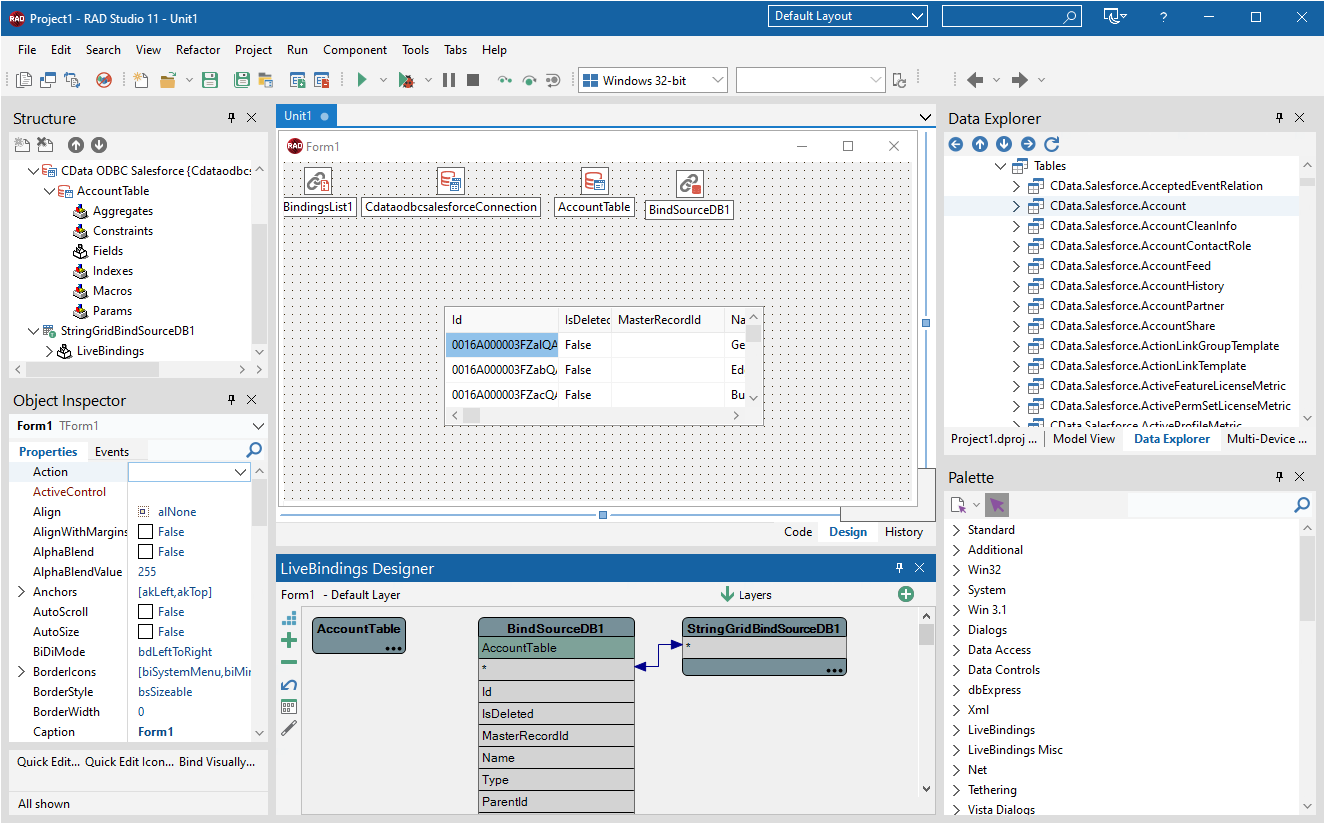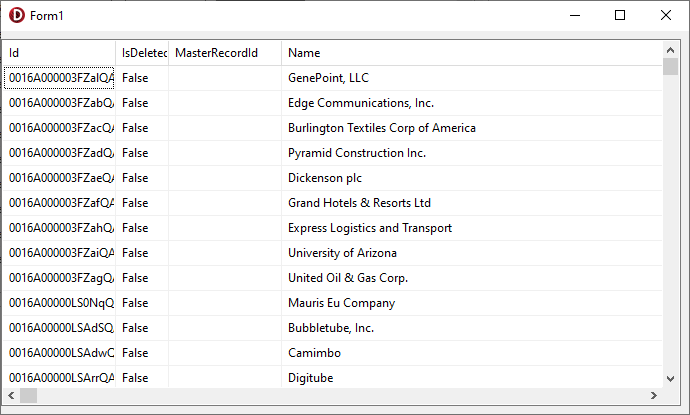Discover how a bimodal integration strategy can address the major data management challenges facing your organization today.
Get the Report →Viewing SQL Analysis Services Data in RAD Studio Data Explorer
How to view SQL Analysis Services data in RAD Studio Data Explorer using the CData ODBC Driver for SQL Analysis Services.
Embarcadero RAD Studio provides a development environment for Delphi and C++Builder applications. With the CData ODBC Driver for SQL Analysis Services, you gain access to live SQL Analysis Services data within RAD Studio, abstracting the data into tables, views, and stored procedures that can be used to both retrieve SQL Analysis Services data. This article will walk through connecting to SQL Analysis Services using the Data Explorer.
Configure a Connection to SQL Analysis Services
If you have not already, first specify connection properties in an ODBC DSN (data source name). This is the last step of the driver installation. You can use the Microsoft ODBC Data Source Administrator to create and configure ODBC DSNs.
To connect, provide authentication and set the Url property to a valid SQL Server Analysis Services endpoint. You can connect to SQL Server Analysis Services instances hosted over HTTP with XMLA access. See the Microsoft documentation to configure HTTP access to SQL Server Analysis Services.
To secure connections and authenticate, set the corresponding connection properties, below. The data provider supports the major authentication schemes, including HTTP and Windows, as well as SSL/TLS.
-
HTTP Authentication
Set AuthScheme to "Basic" or "Digest" and set User and Password. Specify other authentication values in CustomHeaders.
-
Windows (NTLM)
Set the Windows User and Password and set AuthScheme to "NTLM".
-
Kerberos and Kerberos Delegation
To authenticate with Kerberos, set AuthScheme to NEGOTIATE. To use Kerberos delegation, set AuthScheme to KERBEROSDELEGATION. If needed, provide the User, Password, and KerberosSPN. By default, the data provider attempts to communicate with the SPN at the specified Url.
-
SSL/TLS:
By default, the data provider attempts to negotiate SSL/TLS by checking the server's certificate against the system's trusted certificate store. To specify another certificate, see the SSLServerCert property for the available formats.
You can then access any cube as a relational table: When you connect the data provider retrieves SSAS metadata and dynamically updates the table schemas. Instead of retrieving metadata every connection, you can set the CacheLocation property to automatically cache to a simple file-based store.
See the Getting Started section of the CData documentation, under Retrieving Analysis Services Data, to execute SQL-92 queries to the cubes.
Connecting to SQL Analysis Services Data Using Data Explorer
You can create a simple application for displaying SQL Analysis Services data by utilizing the CData FireDAC Components for SQL Analysis Services and a new VCL Forms Application:
- Open the Data Explorer in RAD Studio and expand FireDAC.
- Right-click the ODBC Data Source node in the Data Explorer.
- Click Add New Connection.
![Adding a New Connection. (Salesforce is shown.)]()
- Enter a name for the connection.
- In the FireDAC Connection Editor that appears, set the DataSource property to the name of the ODBC DSN for SQL Analysis Services.
![Setting the Connection Parameters. (Salesforce is shown.)]()
- Back in the Data Explorer, expand the views for the connection.
Create a new VCL Forms application and drag a view (for example: Adventure_Works) onto the form.
![Placing the View on the Form. (Salesforce is shown.)]()
- Select the Adventure_WorksView object on the form and set the Active property to true.
Right-click on the object, bind visually, and link everything (*) to a new control (TStringGrid).
![Visually Binding the View. (Salesforce is shown.)]()
Arrange the TStringGrid on the form and run the application to see the Adventure_Works data.
![The View data on a Form. (Salesforce is shown.)]()






